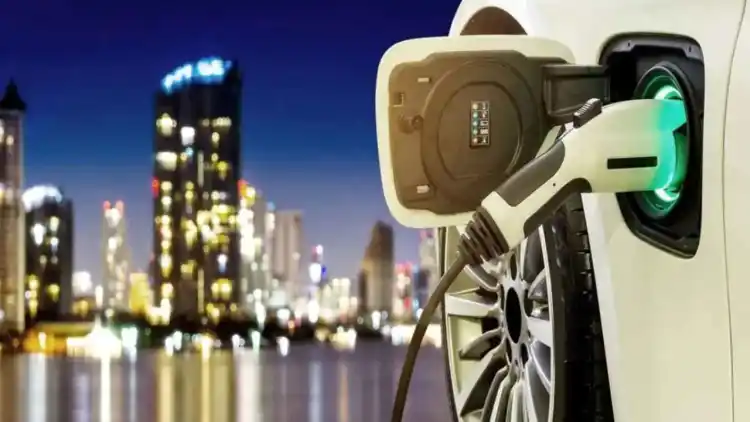- What is a Mild-Hybrid?
- How Does a Mild-Hybrid Work?
- Advantages of Mild-Hybrids
- Disadvantages of Mild-Hybrids
- What is a Plug-in Hybrid?
- How Does a Plug-in Hybrid Work?
- Advantages of Plug-in Hybrids
- Disadvantages of Plug-in Hybrids
- Which is Best for You?
In response to the global shift toward eco-friendly automotive technologies, hybrid vehicles have become one of the most popular choices for consumers seeking to reduce fuel consumption and harmful emissions. As this technology has proliferated, two main types of hybrids have emerged: Mild-Hybrid and Plug-in Hybrid. In this article, we will detail the differences between these two types, focusing on their features and how they work, to help you choose the vehicle that best fits your needs.
What is a Mild-Hybrid?
A Mild-Hybrid vehicle combines a conventional internal combustion engine (petrol or diesel) with a small electric system powered by a low-voltage battery, typically not exceeding 48 volts. This electric system cannot power the car on its own; instead, it assists the combustion engine to enhance fuel efficiency and reduce emissions.
How Does a Mild-Hybrid Work?
Engine Assistance: During acceleration or when extra power is needed, the electric system supports the petrol engine, reducing fuel consumption.
Energy Recovery: The battery is recharged through regenerative braking, which converts kinetic energy during braking into electrical energy stored in the battery.
Start-Stop Technology: Automatic engine start-stop helps reduce fuel use when the vehicle is stationary, such as at traffic lights.
Advantages of Mild-Hybrids
Lower cost: Manufacturing and maintenance costs are lower compared to other hybrid systems.
Improved economy: Delivers 10–15% better fuel efficiency compared to conventional cars.
Ease of use: No need for external charging; the battery charges automatically while driving.
Disadvantages of Mild-Hybrids
No electric-only driving: The car cannot run solely on electricity, so it does not offer silent or zero-emission driving.
Limited improvement: Fuel efficiency gains are less significant compared to full or plug-in hybrids.
What is a Plug-in Hybrid?
A Plug-in Hybrid (PHEV) combines an internal combustion engine with a powerful electric motor and a larger battery that can be charged from an external power source, such as a home outlet or public charging station. This allows the car to travel short distances on electric power alone, without running the petrol engine.
How Does a Plug-in Hybrid Work?
Electric Driving: The vehicle can operate solely on electricity for 40–80 kilometers, depending on battery capacity, significantly reducing fuel consumption and emissions.
External Charging: The battery is recharged by plugging into an electric source, offering the driver more flexibility in using electric energy.
Hybrid Operation: When the battery is depleted or higher performance is needed, the petrol engine works alongside the electric motor.
Advantages of Plug-in Hybrids
Significant fuel savings: The ability to drive short distances on electricity alone greatly reduces petrol consumption.
Lower emissions: Especially in daily city driving, carbon emissions are substantially reduced.
Flexibility: Drivers can choose between electric-only or hybrid driving modes as needed.
Disadvantages of Plug-in Hybrids
Higher cost: Due to larger batteries and more complex technology, purchase and maintenance costs are higher than mild hybrids.
Charging requirement: Regular charging from an external source is necessary, which may be challenging in some areas.
Increased weight: Larger batteries add weight, which can affect vehicle dynamics.
Which is Best for You?
If you seek a modest improvement in fuel economy without the need to charge the battery and prefer a lower cost, a mild-hybrid is the suitable choice. However, if you want to significantly reduce fuel consumption, spend most of your time driving in the city where you can benefit from electric-only driving, and can charge the battery regularly, a plug-in hybrid is the optimal option.
Mild-hybrid and plug-in hybrid vehicles both offer innovative solutions to reduce fuel consumption and emissions, but they differ in technology, performance, and cost. Understanding these differences will help you choose the vehicle that best meets your daily needs and lifestyle, whether you are looking for a simple economical car or an advanced vehicle with genuine electric driving capability.













